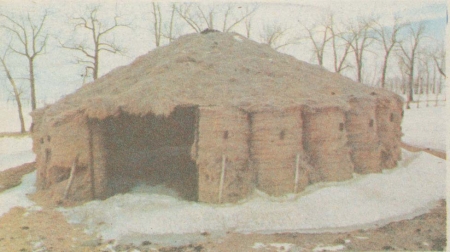
 1
1




Every family should be an island of self sufficiency and free of grid bondage so that we can all have more time and ability to make the world a better place versus sprinting in the rat race!
 10
10





 5
5




Every family should be an island of self sufficiency and free of grid bondage so that we can all have more time and ability to make the world a better place versus sprinting in the rat race!
 2
2





 4
4




Small-holding, coppice and grassland management on a 16-acre site.
 3
3




John Daley Bendigo, Australia The Enemy of progress is the hope of a perfect plan
Benefits of rainfall collection https://permies.com/t/88043/benefits-rainfall-collection
GOOD DEBT/ BAD DEBT https://permies.com/t/179218/mortgages-good-debt-bad-debt
 3
3




 3
3




 The stock that could eat it is not close enough to take advantage of the situation.
The stock that could eat it is not close enough to take advantage of the situation.
Every family should be an island of self sufficiency and free of grid bondage so that we can all have more time and ability to make the world a better place versus sprinting in the rat race!
 5
5




Greg Payton wrote:I have a scenario where we have an overabundance of hay bales. Thought we could sell them, but we're ending up with over a thousand that are just going to probably sit for the next few years and I'd rather not have that happen. We just don't have enough storage area for so many bales and future harvests are just going to keep adding onto the pile.
Clearly using hay bales instead of straw bales for construction/building is a big no-no for various reasonable reasons, but is there a way to use hay bales for construction through some kind of treatment/curing process with an additional chemical or mineral (or maybe lime?) or something else?
If not, what other options might exist for using hay bales productively?
It would be nice to brainstorm and come up with sound and reasonable uses for hay besides just selling, mulching or feeding it...
 1
1




Invasive plants are Earth's way of insisting we notice her medicines. Stephen Herrod Buhner
Everyone learns what works by learning what doesn't work. Stephen Herrod Buhner
 2
2




Anne Miller wrote:
I also like the shelter idea. There is a post somewhere on the forum where someone used the bales for a shelter for their sheep to keep them safe from snow and freezing weather.
Every family should be an island of self sufficiency and free of grid bondage so that we can all have more time and ability to make the world a better place versus sprinting in the rat race!

 2
2




Tradition is not the worship of ashes, but the preservation of fire.
 5
5




Every family should be an island of self sufficiency and free of grid bondage so that we can all have more time and ability to make the world a better place versus sprinting in the rat race!
 5
5




Greg Payton wrote:
#4 (bale shelters) seem like a really good idea. The outsides could be used to grow some various plants and the shelters could be rotated to different locations when one deteriorates (a year or two?). I am curious, how would you build a roof/top to shelter them from snow and rain? Are you thinking a wood frame with hay bale walls?
Also on #4 can you think of some good vine-like plants or "side growers" that might grow on hay bale walls while not destroying it too fast?
#5 on 3-bale tall walls, interesting idea. I think I kinda need to see an example. Do you have a picture or sketch?





 1
1




Greg said,"I've tried to search this out with various related keywords a couple times now, but no joy. Are you able to link that up here in this thread?
Invasive plants are Earth's way of insisting we notice her medicines. Stephen Herrod Buhner
Everyone learns what works by learning what doesn't work. Stephen Herrod Buhner
 3
3




 3
3




Every family should be an island of self sufficiency and free of grid bondage so that we can all have more time and ability to make the world a better place versus sprinting in the rat race!
 3
3




 2
2




 4
4




Jim Reiland

|
I didn't know this tiny ad could juggle
The new gardening playing cards kickstarter is now live!
https://www.kickstarter.com/projects/paulwheaton/garden-cards
|







